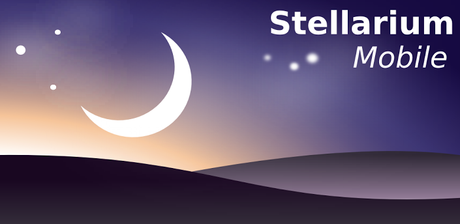


Quick question, why do you think you shouldn’t even make an attempt for M7? It’s big, it’s bright so a perfect target. Still planning targets for throughout the night, taking Thursday off work to recover. 10:30 Saturn leads Jupiter in the SouthEast, sets about 4:30 in the SouthWest, highest about 1:30 at 40° due South, Capricorn and Aquarius. 10:15 M6 leads M7 due South, near Scorpions tail. 10pm, Mizar & Alcorn in the Big Dipper's handle (Ursa Major), coming down from above at dusk, 9pm, Northwest at 10+ till 12:30 9: 30 till 11, M81 & M82 just above the rear of Ursa Major 9:30 M94 & M51 falling in front of Ursa Major, the big dipper till about 10:30 I've been bouncing it against Stellarium to determine a good time view.

I make copies for all the kids at my school outreach sessions i do here.Ĭannot recommend it highly enough, it will keep you busy all night !īob, that resource has kept me pretty busy making a list for tomorrow night. Terrific resource for newbies and veterans alike. Lists all the best objects for binocs & telescopes. Go here and download their monthly skymap & guide: and here's a direct link to the embedded photo, itself:įor a beginner, even Stellarium can be a bit much Here's a nice page with a large photo embedded: Even if there's a glow dome, try some scanning with binoculars. This is the central region of the Milky Way, and there are so many clusters and nebulae to see.

M8 (Lagoon Nebula - bright and fairly big) M55 (one of my favorite "lesser-known" Messier clusters) M22 (one of the sky's showcase globular clusters) Other classics in the Scorpius/Sagittarius region: However, if your southern horizon is lit up by a large "glow dome" from a city, I understand. M7 is very bright and big - easy to see with the naked eye, and superb in binoculars. If your southern horizon is clear and reasonably dark, give Scorpius and Sagittarius a look-see.


 0 kommentar(er)
0 kommentar(er)
